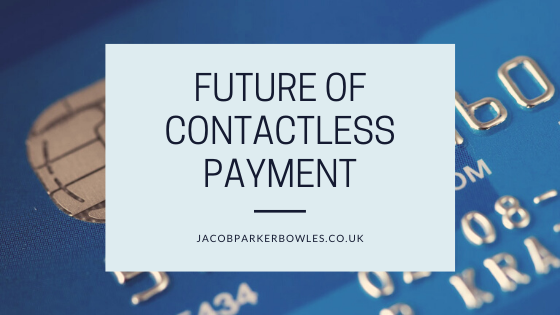You board a bus with both arms full of packages. Instead of fumbling for your fare, you simply tap your badge, which is hanging from your wrist against the farebox. With a beep and a smile, you’ve paid your fare without holding up the line.
What you’ve just done is called contactless payment, and it is becoming more and more popular as we move into an increasingly cashless society. By definition, contactless payment is a secure method of payment that uses RFID or near-field communication (NFC). This can be done using a chip card, a badge, or even a mobile device. Instead of swiping or inserting your method of payment into the point of sale device, you tap it and go. The funds are debited as normal from your financial institution.
Some proponents of the technology say that it’s even more secure than traditional cards due to an extra layer of encryption. Unlike traditional card payments, contactless payments are tagged with a single-use authentication code. In the event that your payment information is intercepted, a thief would not have your name, address, three-digit code from the back of the card, or any other information that would be necessary to make purchases on your account. In short, contactless payments are at least as secure as traditional payment methods.
Another driver of contactless payments is the rise of digital wallets and the use of mobile payment systems. Digital wallets or e-wallets protect the user’s banking information and passwords while allowing you to make cashless transactions safely. A mobile wallet functions the same way but is designed to work on your mobile device specifically. Mobile wallets can be used for contactless payments and are one of the drivers of contactless payments in the united states.
While contactless payments are very common in Asia and Europe, the United States is still catching up. While access to cashless payment options often determines the growth of contactless payments in other places, in the United States, discomfort with e-commerce is one of the major hurdles for the future of the technology. As digital wallets and the ease of using one’s cell phone to make purchases slowly catches on, we can expect to see growth in the use of contactless payment options.
